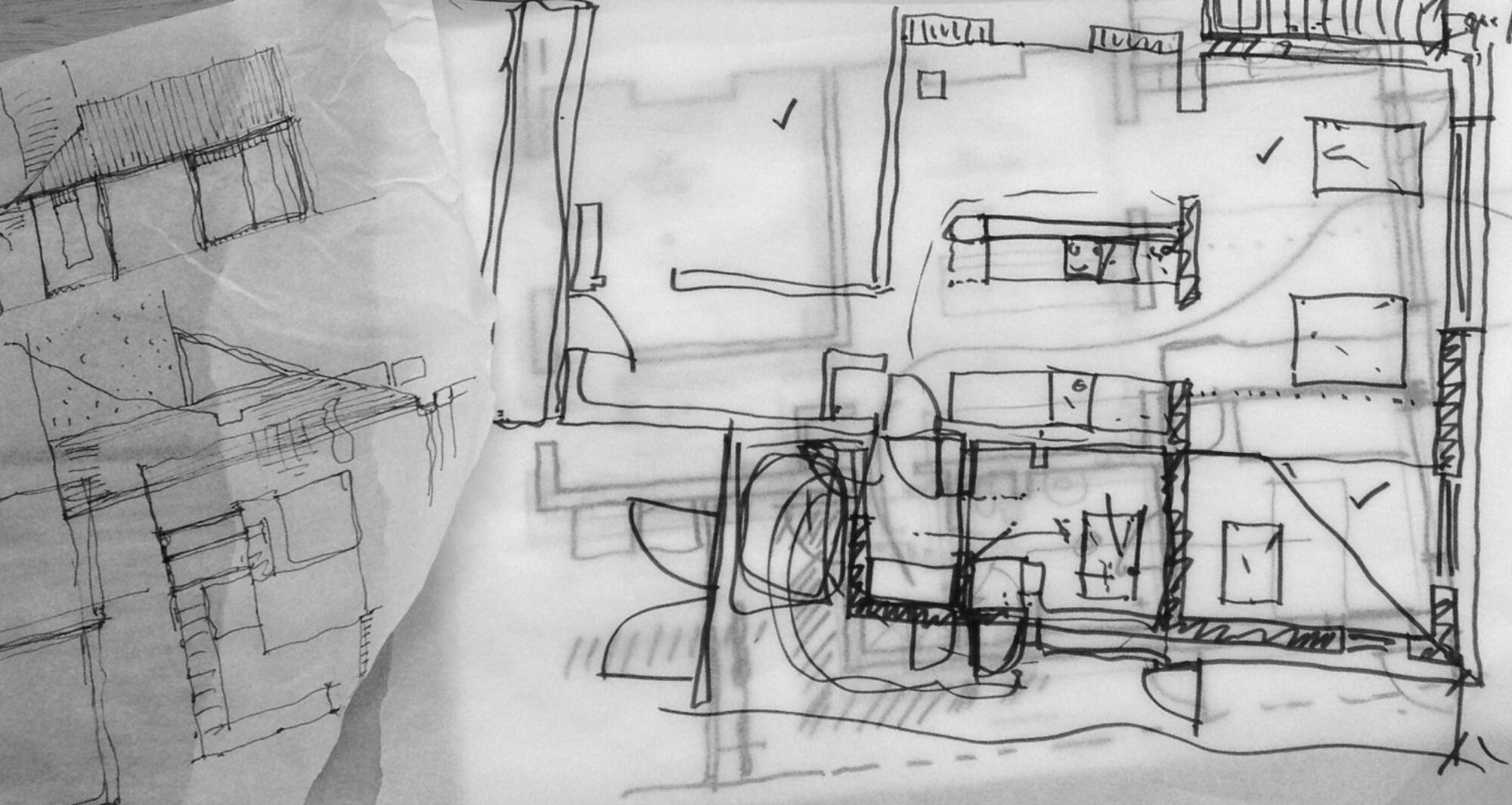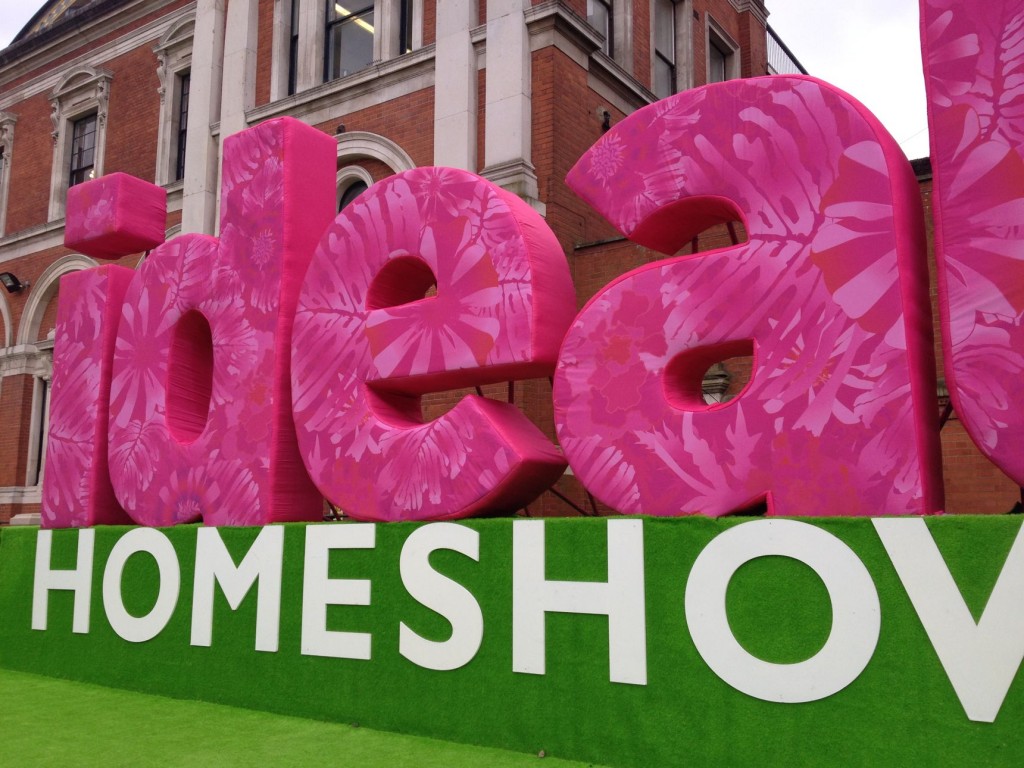design that cares
It’s Carers week 2015 in the UK so I thought I’d write a little bit about us and about the difference a ‘care friendly’ home would make.
We are all on different journeys to become carers, for some it is a sudden occurrence (through accident or sudden illness), but for most (I think?) it’s a very gradual thing.
 We didn’t know EJ was going to have additional needs when she was born, her neurological condition only gradually revealed itself to us. She’s now 4.5 and is non-verbal with very limited communication and understanding, is mobile in a sort of bunny hop/bumshuffle fashion, can stand and take a few steps with support but is a long way from walking (if she ever does?). I still feel a bit weird about the term carer as it applies to me – I’m a mum, and being a mum to any child is being a carer – isn’t it? However I can see that the older EJ gets, the more I will fit into the role of parent carer. My days continue to involve a lot of guessing what she needs/wants, nappy changing, help with eating, lifting, oh and hugs! Lots of hugs!
We didn’t know EJ was going to have additional needs when she was born, her neurological condition only gradually revealed itself to us. She’s now 4.5 and is non-verbal with very limited communication and understanding, is mobile in a sort of bunny hop/bumshuffle fashion, can stand and take a few steps with support but is a long way from walking (if she ever does?). I still feel a bit weird about the term carer as it applies to me – I’m a mum, and being a mum to any child is being a carer – isn’t it? However I can see that the older EJ gets, the more I will fit into the role of parent carer. My days continue to involve a lot of guessing what she needs/wants, nappy changing, help with eating, lifting, oh and hugs! Lots of hugs!
In my ideal world we’d already live in an accessible home, or at least one built to inclusive design standards like lifetime homes. When we bought our house it was more a matter of finding something we could actually afford in an area that my husband could commute to work from! The house we have is the only one we found that fitted those categories (it only fitted the affordability category as it needed quite a lot of TLC!) – but, it is not accessible.
We, like so many others, are ‘making do’ in an unsuitable house (for other people’s stories see Leonard Cheshire’s #Hometruths campaign).
We could move – but there is a real lack of accessible housing on the private sale market and almost zero on the private rental market.
We could join the council housing/housing association list – but again there’s a distinct lack of available properties and therefore any that come up are in extremely high demand.
Or finally, (and this is the route we are going down) we could adapt. (We are very grateful that there is some financial support for this in the form of the Disabled Facilities Grant, but it is a long process and, of course, is a limited sum – so to meet Twinkle’s needs our project will involve partially self funding – ie borrowing more!).
None of our options would be a quick fix, and most would involve a large amount of upheaval, stress and cost – something that people finding themselves needing care or in a caring role can little afford – and for that reason, many just struggle on continuing to try and ‘manage’ with what they have.
Unfortunately the house building industry often seems to pigeonhole design very much as ‘wheelchair friendly’ or ‘normal’. But what is ‘normal’!?
If you think about it, everyone begins life ‘disabled’! We’re not born walking, most of us begin life ‘on wheels’! Many of us will also end life with reduced mobility (not to mention the whole spectrum of conditions between cradle and grave that could affect our use and enjoyment of our homes (sight, hearing, dementia…..). To me it just seems wasteful and unsustainable not to design homes to allow for this transition as easily as possible!
Some councils, have adopted a standard called Lifetime Homes for new houses. It is meant as exactly that. It doesn’t have to be fully wheelchair accessible from the start, but that the fundamentals of the design should consider a whole lifetime’s needs. The house, and access to it, follow a checklist of features that would make life much easier for a disabled or elderly resident or visitor (and therefore also for those caring for them). The design should also take into account how it could be adapted in the future if needed (e.g. where lifts or hoists could be positioned for the greatest benefit and least impact on the rest of the family).
I would love to see this standard adopted nationally for new housing. It would ease so much pressure (both mental and physical!) for people if their home accommodated them easily, no matter their ability, without having to go through disruptive changes at a difficult time in their lives (not to mention helping free up space in hospitals if people can more easily return to their own homes!).
But the scope shouldn’t just be new houses! Like us, most people live in a ‘2nd hand house’! What I’d like to see is more inspiration and information out in the mainstream media about the benefits of inclusive and accessible design for everyone. There is the occasional article in the mags or a feature on home design TV shows, and (of course!) there is the gold standard – DIYSOS Big Build – who do amazing work! However generally these features tend to include a disabled family member. How often is there any mention of accessibility or inclusion otherwise? So often when these TV shows start off, the family is young and able, with no children (or pregnant, so many of them are pregnant!), building a home for their new family life – how fab would it be to discuss inclusive design in this context – a home that’s easily adaptable for whatever life throws at you?!
We need a change in perception! We need to get people thinking about how their home can be comfortable for the long haul? Consider flexibility for the future!
I understand that it may seem a bit depressing to be talking about degenerative health when you embark on a new and exciting house project, but inclusive design is not just about illness, disability and old age. Inclusion is about multi-generations. It’s about children, people with bikes to store, being able to get big furniture into the house without taking out a door frame! It’s about well considered planning. You only have to watch a few episodes of Grand Designs or read a few interiors and house design magazines and to see that people are aspiring to lovely wide open plan spaces, level garden decks etc – lots of things that are completely compatible with inclusive design. Nothing makes achieving wheelchair turning circles easier than minimizing narrow corridors and gaining more open plan living space! Lifetime homes/design for all needs is just an extension of what people are already moving towards. With an extra layer of thought added: Where would a vertical lift go if one was needed in the future? Would a room downstairs be able to become a bedroom? What about wheelchair storage areas (also useful for bikes, buggies, kids trikes/scooters) or the downstairs loo big enough to fit a wet floor shower (- and how useful for hosing down muddy kids and dogs too!)?
We are all willing to take out insurances to protect our fincances when we buy a home, so why not consider our future needs in our home when making a big investment like an extension and/or refurbishment? I think people would be open to consider these ideas were they made aware of the the benefits and offered inspiration!
I think a lot can be learned from the way that improvements in energy efficiency performance has moved up the agenda in recent years. An Eco home is now a sellable feature so why shouldn’t inclusive sit proudly alongside eco on that estate agents brochure!?
an ideal home?
On my quest to get up to date with what’s going on in the design world, and try to work out the amount of crossover there is between the homestyle and homebuilding sector and the independent living world, I’ve been googling, tweeting, browsing magazines and have gone along to a few shows/exhibitions. I had hoped to get to a few more (unfortunately the pesky issue of childcare foiled me there!) so I had planned this post as a comparison of some of the home shows and independent living shows, however as I did make it down to London Olympia for the last weekend of the Ideal Home Show, I’ll have to concentrate on that trip!
I was running late (as usual!), and almost managed to go to the wrong venue (Earls Court – oops!), but I made it just in time to catch the start of George (Amazing Spaces) Clarke’s talk! I really like George Clarke’s programmes, Amazing Spaces and Shed of the Year are particularly enjoyable, I think because they are so tangible to people – it’s so easy to imagine yourself getting stuck into a small project like the ones featured! In fact every time I watch Amazing Spaces, I end up on google looking for small caravans to refurbish (and I’m really not joking! – a bespoke adapted caravan would make holidays so much easier with Twinkle because sorting out a safe bedspace can be a major issue for us on overnight trips!)!
I love these sorts of exhibitions! There’s always loads see, but they can be pretty overwhelming unless you have a specific focus.
I think my favorite area this year was the garden zone, probably because it is most current in my mind – we are planning to sort out our own forest garden and would love to add a lot of sensory aspects. I’m also a little obsessed with inclusive playgrounds so I’m always looking out for interesting landscaping ideas, sensory elements and interesting textures.
As well as updating myself on design trends and picking up ideas for our project, the big reason for me going to the exhibition was to see how (if?) inclusive and/or accessible design was addressed. I’m afraid to say it really wasn’t much at all (I’m so sorry to pick on you, Ideal Homes, but as I didn’t make it to Grand Designs Live or the Homebuilding & Renovating Show, I don’t know how they compared).
There were very long queues for the full scale show homes (built in the middle of the hall!) but I felt I must look around the ‘Future proof home’ thinking it would be the one for me. Info on the route round was a bit lacking, the people in front of me were expecting futureproofing to mean technology and (of course!) I was thinking futureproofing meant design for life, but in actual fact it was environmental sustainability (we had to ask one of the members of staff at the end of the route!). For more information I was directed to the company who had a stand just outside. From an environmental point of view it was really fantastic, almost passivhaus standard which is exactly the right direction we should be going as far as I’m concerned from an energy point of view. However there was no specific reference to inclusive design or accessibility as part of the futureproofing. I got the impression that it was not something they’d really considered as ‘a thing’. Yes, of course they’d design for wheelchair access if the client asked, as each house would be bespoke, but for a product that is such a huge investment shouldn’t we be encouraging homeowners to consider their future needs? I get that growing old or considering ill health is not completely in the spirit of aspiration for an ‘ideal’ future, but people are willing to discuss insurances and invest in pensions for the future, so why wouldn’t they want to think about designing their house to adapt for their lifetime? – If they could be shown how inspirational design could make that a reality!?
The House Beautiful showhome was a different story. I have to say the actual aesthetic of the house was not completely to my taste (sorry guys!) but the important thing is that the internal planning has been well considered. The driver for them was to design for multi-generational living, and it followed that the resulting layouts are accessible and adaptable and look as if they follow most, if not all, of the Lifetime Homes principles. The bloke at the stand that I spoke hadn’t heard of Lifetime Homes, and it wasn’t mentioned on the literature, but if the plans do comply I think they ought to be celebrating that and using it as a positive sellable asset in the marketing of their new homes!
A few people I spoke to around the hall seemed interested but I didn’t feel it was something that was really on the agenda and one guy quoted some odd (very low) figures to me about the number of people who ‘need’ inclusive housing. On the spot I couldn’t recall any figures myself so I made a mental note to research the stats! (Edited to add this link to the government website giving some disability facts and figures). However my point was, inclusive design isn’t just for people who ‘need’ it, it’s not just for the stereotype disabled person, it can just make life easier for everyone e.g. parents with prams and wriggling toddlers. When I put that to him, he said ‘well our parent’s managed’ – erm!? Don’t we want more from an Ideal Home than just managing? Shouldn’t our homes be designed to make life easier for all the family? Young, old and disabled or not?
As I was leaving the hall, I stopped at the map by the entrance and had another scan through the exhibitors to see if I’d missed the big accessible design area….but no, nothing obvious. A couple of the (very lovely and very helpful) staff asked if they could help and I asked them if they could think of anything. Neither of them could. I also asked them if they’d had many disabled visitors, and they said yes they had!
So Ideal Homes (and all other homestyle and homebuilding media), in planning your future shows I’d like to ask you to:
Please think about the disabled visitors you have that want to be inspired!
Please think about the vsitors who have disabled or elderly relatives and friends who could make their homes more accessible and welcoming!
There is a huge market out there that you are missing out on!





